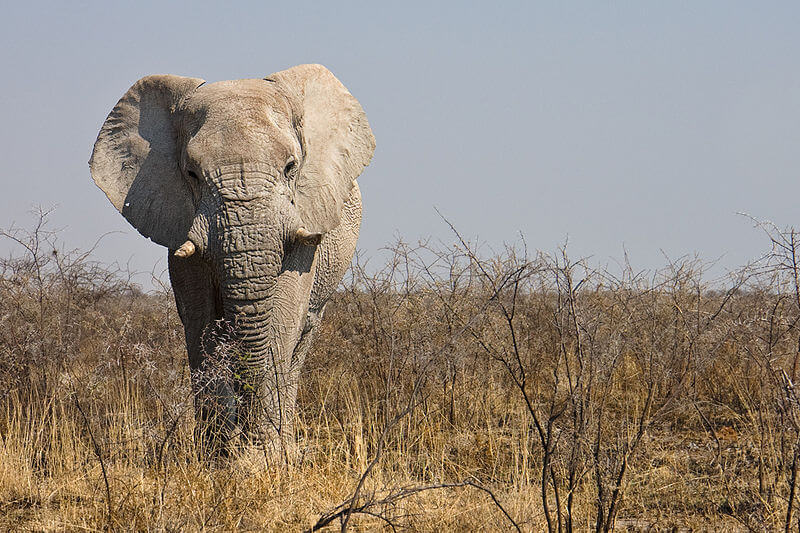Global conservation experts met in Geneva, a meeting at the conclusion of which it was decided to establish a new fund to protect several endangered species, chief among them the African elephant population

Global conservation experts met in Geneva, a meeting at the conclusion of which it was decided to establish a new fund for the protection of several endangered species, the fund was established with the aim of enabling long-term conservation activities, conservation activities that are primarily concerned with the population of African elephants.
A number of countries have already contributed their share as well as many private donors who made possible the implementation of the "African Elephant Action Plan".
Additional donors and other countries are invited by the conference participants to contribute their share,
The meeting was organized by the management of the Convention on International Trade in Endangered Species of Wild Fauna and Flora (CITES).
The organizers hope that the donors will understand the urgent need for immediate action, an understanding that as a result of which the donations will reach one hundred million dollars within three years, an amount that will make it possible to implement and enforce laws and regulations to protect the elephant population,
This is in light of the latest news about the increase in the (illegal) trade in elephant tusks (ivory), as well as the increasing damage to rhinos that has been described as "out of control". All rhino populations suffer from poaching, especially those in the Congo, Mozambique, Zimbabwe, South Africa, India and Nepal, harmed by the growing demand for rhino horns.
According to a report provided by the South African government, in 2007 63 rhinos were hunted, in 2008 – 83, in 2009 – 122, in 2010 – 330, in the first six months of 2011, 174 rhinos were killed, 60 of them in the Kruger Park. rose to "dramatic" ranks
In the meeting that lasted a week, the main issue was the protection of elephants, but not the only one. Other issues that came up were: measures to stop the poaching of rhinoceros, tigers and other big cats, the illegal trade in wood such as mahogany and havana, the fate of the sturgeon (fish) and the trade in caviar, as well as Trade in reptile skins.
The meeting also discussed the efforts of the Peruvian government to implement reliable control over the cutting of trees, as well as establishing new regulations for the conservation of marine species in international waters. To date, 175 countries have joined the CITES convention, a convention whose purpose is to ensure that the global trade in natural species (animals and plants) does not threaten the existence of the species.

One response
Where can you find out which countries are not signatories to the agreement?